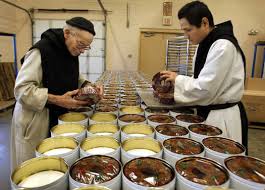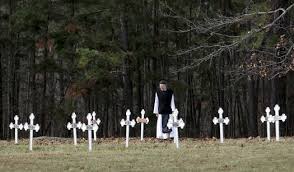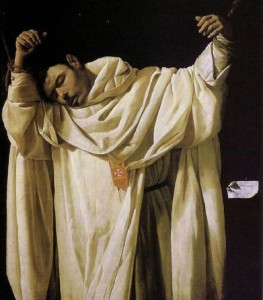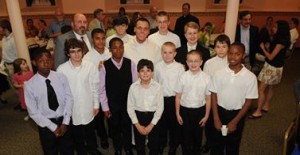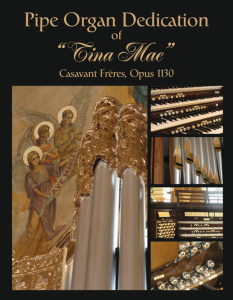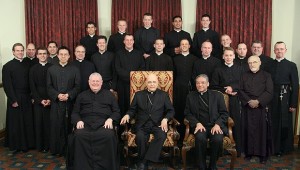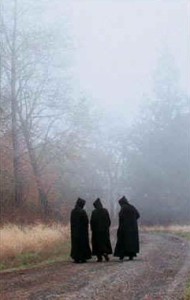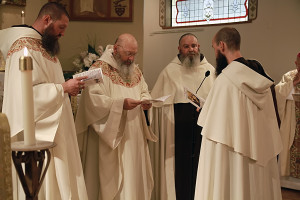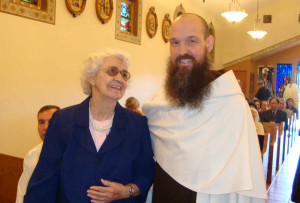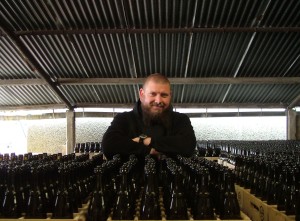 It seems that the Benedictine monks in Norcia, Italy, aren’t the only ones to rediscover the ancient Benedictine practice of brewing beer. The Benedictines at Mount Angel Abbey in Oregon will be introducing their own beer this summer with the slogan- “Taste and Believe.”
It seems that the Benedictine monks in Norcia, Italy, aren’t the only ones to rediscover the ancient Benedictine practice of brewing beer. The Benedictines at Mount Angel Abbey in Oregon will be introducing their own beer this summer with the slogan- “Taste and Believe.”
Located in western Oregon in the beautiful Willamette Valley, Mount Angel Abbey was founded in 1882 from the 12th C. Swiss Abbey of Engelberg. The community keeps alive the ancient tradition of the choral office, the love of learning and Christian hospitality. Following the Rule of St. Benedict of Nursia, the monks follow the traditional monastic observances, including those of enclosure, silence and the monastic habit. There are 53 priests and brothers living at the monastery.
 The idea to brew beer came about because the recession caused a drop in revenue from their sustainable tree farm. With available farmland where hops are grown and pristine abbey well water, the beer enterprise seems to be a natural way to provide the community with a new revenue source.
The idea to brew beer came about because the recession caused a drop in revenue from their sustainable tree farm. With available farmland where hops are grown and pristine abbey well water, the beer enterprise seems to be a natural way to provide the community with a new revenue source.
Benedictines have always welcomed strangers and the beer, which will only be sold at the abbey, will be an opportunity to introduce beer afficionados to abbey life. Most no doubt will be seeing their first ever Benedictine in the flesh!
Fr. Martin Grassel, OSB, said, “Our society is badly in need of Christ. This started as a revenue project, but it has become equally important as an evangelization project.”
